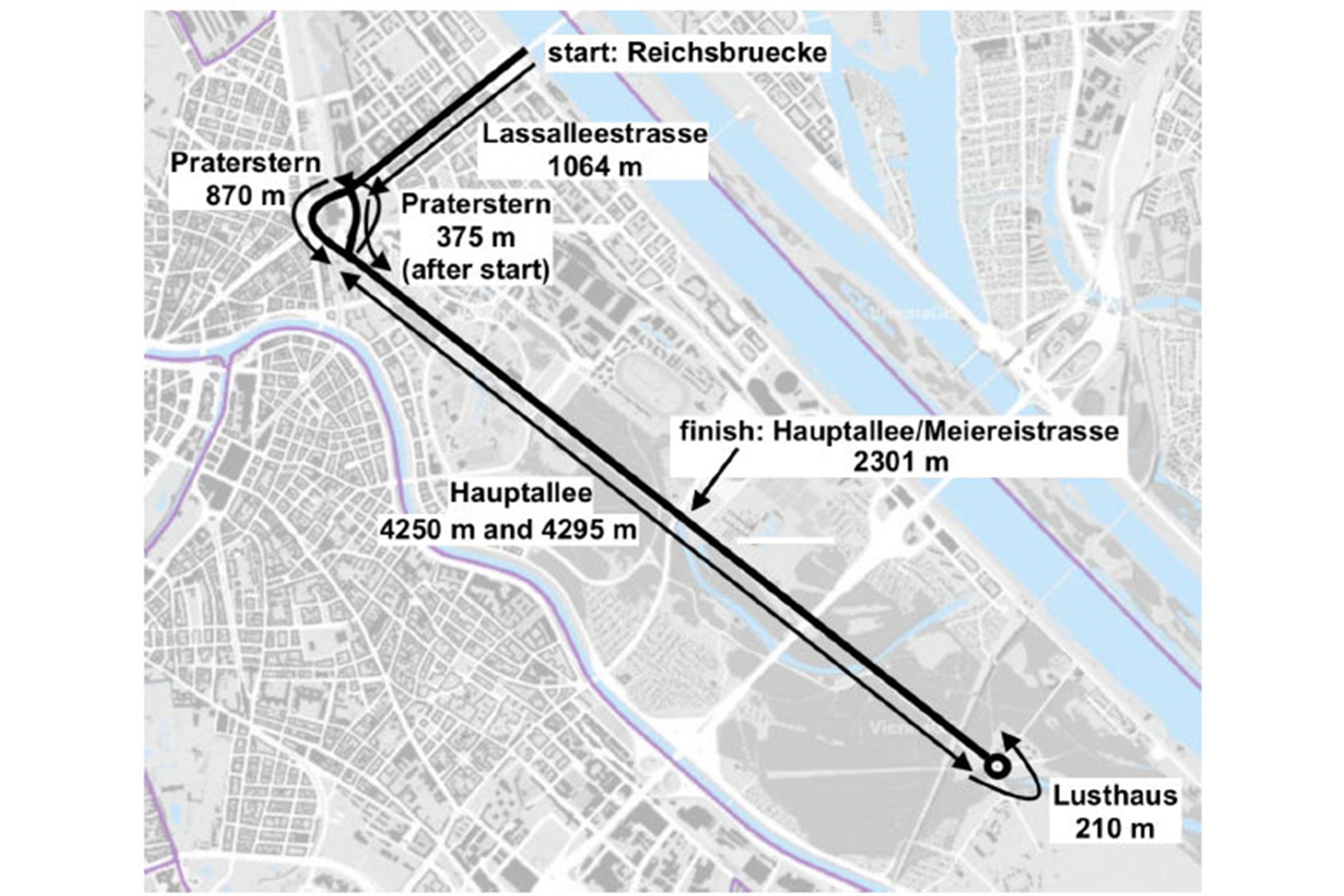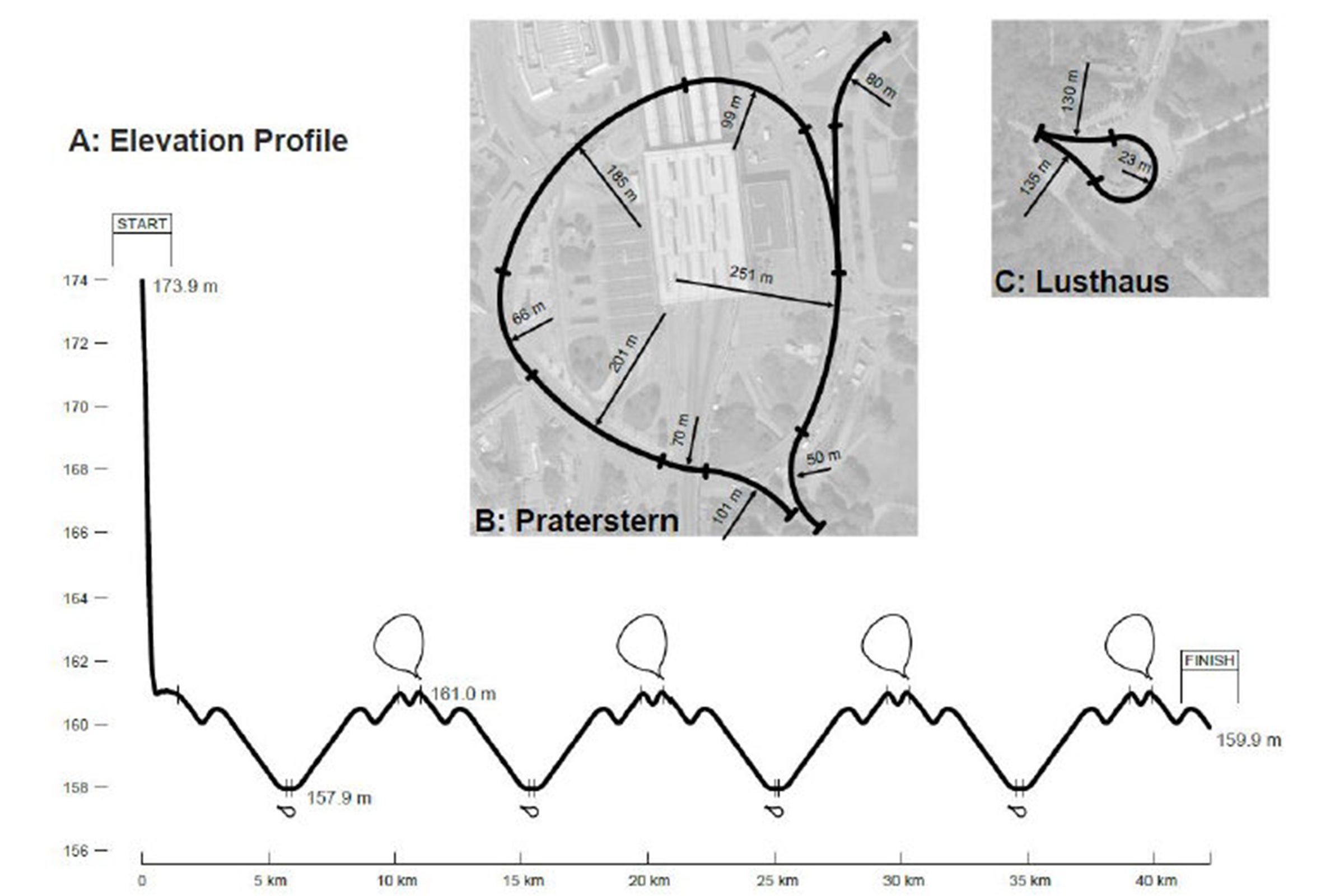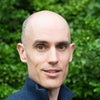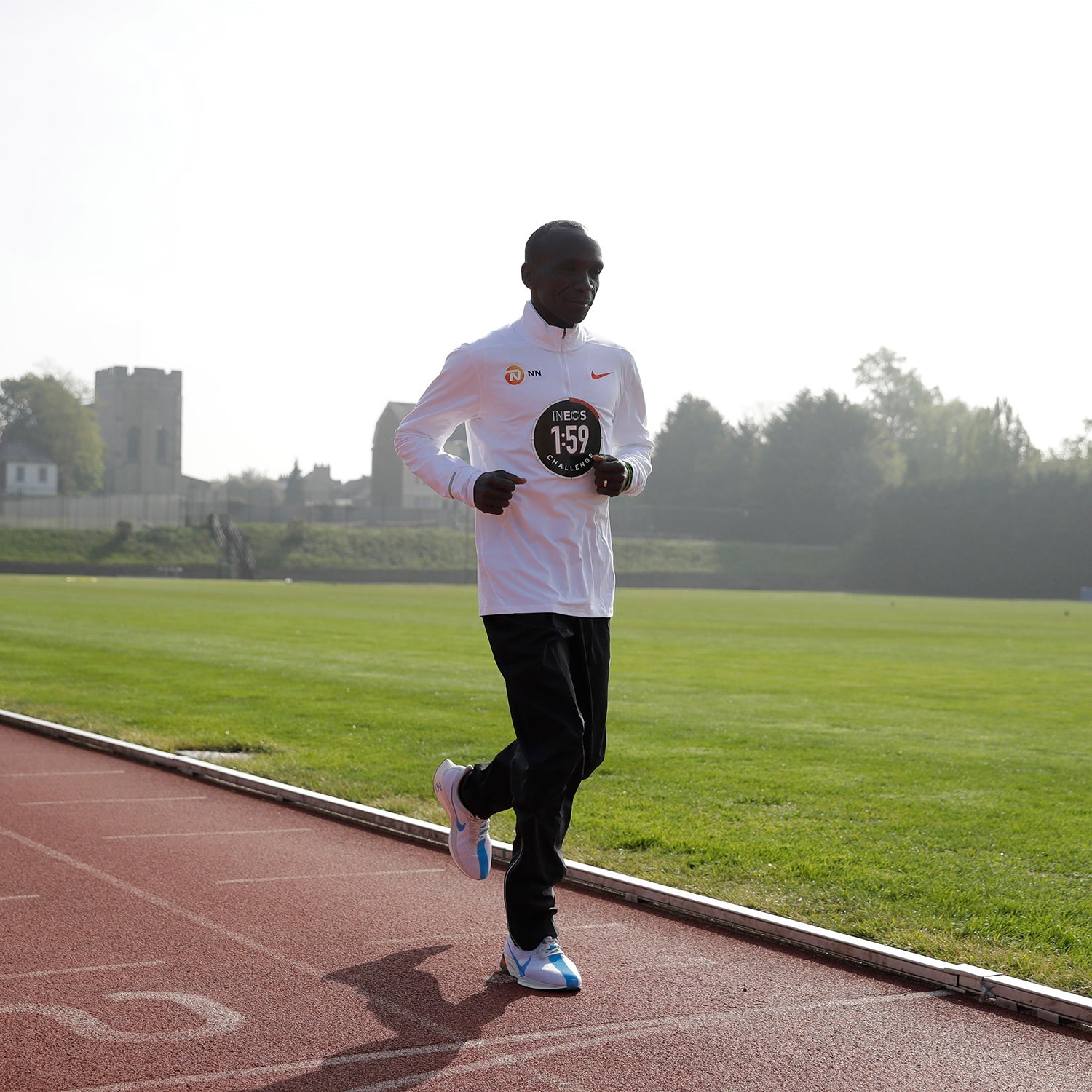Last month, University of Colorado biomechanist Rodger Kram posted on Twitter: “please RT. I am looking for a collaborator for a project related to the biomechanics of marathon running, specifically, the INEOS 159 challenge. I need someone based in Vienna or close by.” Kram and a group of his colleagues and former students were running some analyses of the course for Eliud Kipchoge’s upcoming exhibition marathon, where he’ll try to break the two-hour barrier, and needed boots on the ground. Within two days, he had his contact: , a triathlete and physiologist at the University of Vienna’s Centre for Sports Science and University Sports and the Austrian Institute of Sports Medicine.
Kipchoge is taking aim at the mark this weekend, albeit under non-record-eligible conditions. (The race will��take place on Saturday morning, starting sometime between 5 A.M. and 9 A.M. local time, though the exact start will depend on the weather forecast. You can watch live streaming and stay updated on the start time .) The event is a successor to Nike’s two years ago, where Kipchoge ran 2:00:25 for 26.2 miles. Breaking2 took place on the 1.5-mile loop of a Formula One track in Monza, Italy; the INEOS race will unfold on the streets of Vienna. But is the course fast enough to enable Kipchoge to slice those last 26 seconds off?
Triska set off by bike and car, following the green line painted onto the road to indicate INEOS’s 6-mile loop with a Garmin Edge 520 equipped with a barometric pressure-based altimeter. After traversing the loop several times, he and Kram’s team generated a meter-by-meter model��of the course’s curves and elevation changes.
Here’s what the circuit looks like: an initial straight segment, followed just over four loops of an out-and-back course:

And here’s what the elevation profile looks like, with the height in meters shown on the vertical axis and the two roundabouts shows in the insets:

The challenge comes at either end of the six-mile loop, where Kipchoge will have to circle a roundabout to make a 180-degree turn. There’s one big roundabout (Praterstern) and one small one (Lusthaus). The race team wanted to know how much of an effect these turns would have on Kipchoge’s pace and effort, and whether the pace should be adjusted to account for a slowdown around the bends.
As it happens, Kram and his former colleague Paolo Taboga, now at California State University, Sacramento, earlier this summer on the effect of curves on distance running performance. (A preprint is a finished academic study that hasn’t yet undergone peer review. It’s increasingly common to post preprints in order to get scientific feedback on papers before their final publication in peer-reviewed journals.)
The gist of the Taboga-Kram model is that��when you’re running around a bend, you have to exert more force with your legs than when you’re running in a straight line. That’s because, in addition to overcoming the force of gravity, you also have to apply a horizontal force—a “centripetal” force, in physics terminology—to turn the corner. This extra force effectively means that you weigh more, so you can calculate how much extra energy you’ll burn. If you know how fast you’re running plus the length and radius of curvature of a turn, you can then calculate how much you’ll slow down while maintaining a constant effort.
Taboga and Kram used this model to compare world records set on outdoor 400-meter tracks with those set on indoor 200-meter tracks. For example, the women’s outdoor 5,000-meter world record of 14:11.15 corresponds to an indoor time of 14:13.77, based on the effect of the tighter indoor curves. The actual indoor record is 14:18.86, suggesting that some of the difference is due to other factors like the relative importance and timing of the indoor season compared to the outdoor season. Had the outdoor record been run on a hypothetical straight-line track (the Bonneville Salt Flats, maybe?), it would have been 14:10.30.
In other words, the theoretical slowdown from curve running seems to be pretty small. Taboga and Kram also modeled the curves of the Breaking2’s Monza loop, and found that they cost Kipchoge a whopping 1.5 seconds over the marathon distance. That wasn’t what scuppered his sub-two dreams. But what about the tighter roundabouts of the Vienna course?
Using the same method, Triska, Kram, and their collaborators just posted , this one analyzing both the curves and the elevation profile of the INEOS course. The news is good for Kipchoge fans. Altogether, they estimate that the course will be less than 5 seconds slower than a hypothetical straight-line, perfectly flat course. The curves themselves only impose a 0.5-second penalty: even the tighter roundabout, with a radius of curvature of 23 meters��(75 feet), is pretty similar to a 400-meter track with a radius of curvature of about 37 meters��(121 feet).
The elevation, on the other hand, isn’t quite as negligible. The loop between the two roundabouts rises and falls by a total of about three meters��each time; over the course of the race, that will cost Kipchoge about 10 seconds. But the first 500 meters��of the race starts by descending a bridge, losing 13 meters��and saving Kipchoge about 6 seconds that he doesn’t have to repay, since the course doesn’t ever re-climb the bridge. Taboga and Kram didn’t model the effect of elevations changes in Monza, but they would have been similar. Overall, it looks like the two courses are essentially indistinguishable, with the exception of the downhill start that might give Vienna a slight edge.
There are, of course, a lot of subtleties that aren’t captured in this model. The ups and downs on the Vienna loop may cost Kipchoge 10 seconds—but he and other runners have ��expressed a preference for slight undulations to vary the demands on different parts of their leg muscles. I also wonder whether running too many curves might, in addition to costing extra energy, trash the leg muscles. Kram’s take, when I asked him about this: “If there were a ton of curves then this might be a problem. I think one roundabout every 5K is no big deal.”
All of this should be reassuring to Kipchoge and his team—and it’s not a bad message for the rest of us to keep in mind. Even superfast big-city marathon courses have lots of turns in them. Berlin, according Triska’s new paper, has 43, some of which are right-angle corners, and yet Kipchoge has managed to run 2:01:39 there. Among the many things you need to worry about when selecting a race and preparing for a marathon, you can cross curves off the list.��
My book, , with a foreword by Malcolm Gladwell, is now available. For more, join me on and , and sign up for the Sweat Science .


